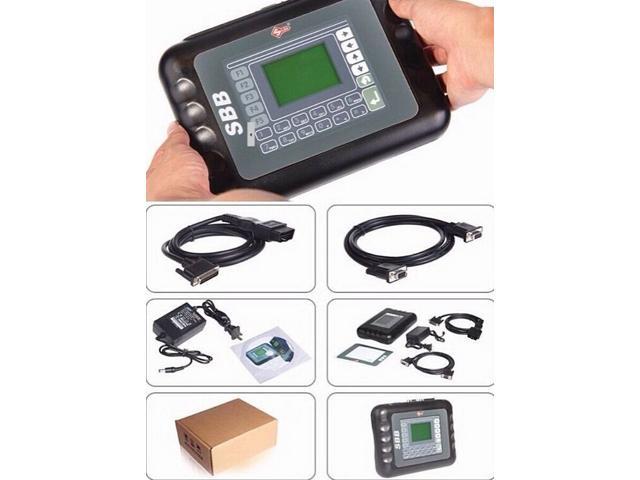Toy Camera Analog Color Keygen
Jul 7, 2015 - The rules that define a functioning camera allow for endless design possibilities. Camera Type: Toy. Red and a model fighter “tramp” from khaki color and with marking way US stencil key set Army. The big button visible in the photo is the film advance, visible chrome piece on the top left is the trigger.
Cameras can come in all shapes and sizes. The rules that define a functioning camera allow for endless design possibilities. It's no secret that (like many other things) the 1980's were an awkward time for design.
But even before the 80's there have been strange cameras; some who dared to be different set new standards for 'what a camera should be', while others faded away into the archives. Call it strange or call it quirky, much of these interesting characteristics are what makes them appealing. After scouring through over 13,000 images, we count down from A - Z the first half of the top 100 strangest cameras from around the world. The criteria for 'Strange' is simply, a camera with an untraditional look, traditional being the dominant SLR shape of the 1960's through to the 1990's. Scientific and military cameras have been omitted for this article. Research for this article was made possible thanks to the extensive camera database available at Most text provided by their site as well, translated from French and further edited ( so take it with a grain of salt!).
Achiever Banga 1994. • Camera Type: Miniature • Country of Origin: Germany • Max Aperture: f/6.3 • Format: 110 Film In 1982, Agfa revived its range by distinguishing model “a sport” with the Ferrari red and a model fighter “tramp” from khaki color and with marking way US stencil key set Army.  Technically, they are the same cameras. Tramp had two versions: Tramp and Tramp 2, corresponding respectively to the 901 motor S and the 901 motor. As on these two models, there is a small external difference. It is the round mark which is located in fronting, close to the lens, which is present only on the motor S, therefore on Tramp. The two batteries with format AAA are used for the working of the camera (advance of the film and with the cocking of the shutter) like to the supply of the flash.
Technically, they are the same cameras. Tramp had two versions: Tramp and Tramp 2, corresponding respectively to the 901 motor S and the 901 motor. As on these two models, there is a small external difference. It is the round mark which is located in fronting, close to the lens, which is present only on the motor S, therefore on Tramp. The two batteries with format AAA are used for the working of the camera (advance of the film and with the cocking of the shutter) like to the supply of the flash.

A press button on the back makes it possible to disunite the flash “901 mini flash” of the camera. Altheimer and Baer Photo-Craft 1940. Asanuma Acmel License-4 Unknown • Camera Type: Instant • Country of Origin: Japan • Format: PackFilm 80 • Quad Lens This device was used by studio photographers to simultaneously take four passport photos. Using a Polaroid back capable of calling those photos to the customer in a very short time. The four objectives are identical. There is a single common shutter the four objectives.
The viewfinder is very bright and offers a silhouette to facilitate the framing for a photo ID. The focus is fixed. The correct distance corresponds to the framing of the subject in silhouette. The shutter speed is unique, the device is intended for use with a flash. There is a version with 6 goals. We also find this device under the King brand, a subsidiary of Asanuma.
Automatic Radio Mfg Tom Thum Radio Camera 1940 • Camera Type: Unique • Country of Origin: USA • Format: 127 Film • Power Supply: 67 Volt Battery Very heavy device to operate. Combining a camera with a radio. During the 40s radios still worked with lamps. The result is a monolith of 23 centimeters, made of wood and covered with a decor paper. Power is supplied by several batteries including a 67 volt. The camera is a pseudo twin-lens reflex, built in the Chicago area.
We easily recognize the Monarch family etc. Only the front ornament bezel, held by two screws has been changed.
The camera is held inside the radio by means of four simple screws that pierce through the camera inside to file in the wood of the radio. You must open the front cover for each change of view, because no system has been designed to allow for the winding of the film from the outside. Avant Camera Quad 1964 • Camera Type: Instant • Country of Origin: United States • Max Aperture: f/6.3 • Format: PackFilm 100 • 90mm Lens' This device was intended for the manufacture of badges in American administrations. Its production meets a need of intensive use. The body is made of cast aluminum and seems indestructible. It has four identical targets for the simultaneous intake of four photos. It has a Polaroid back (Movie Pack-100) for instant development.
There is a diaphragm each objective, but when you turn one of the rings, the other three are driven. The shutter without weapons is generously proportioned.
